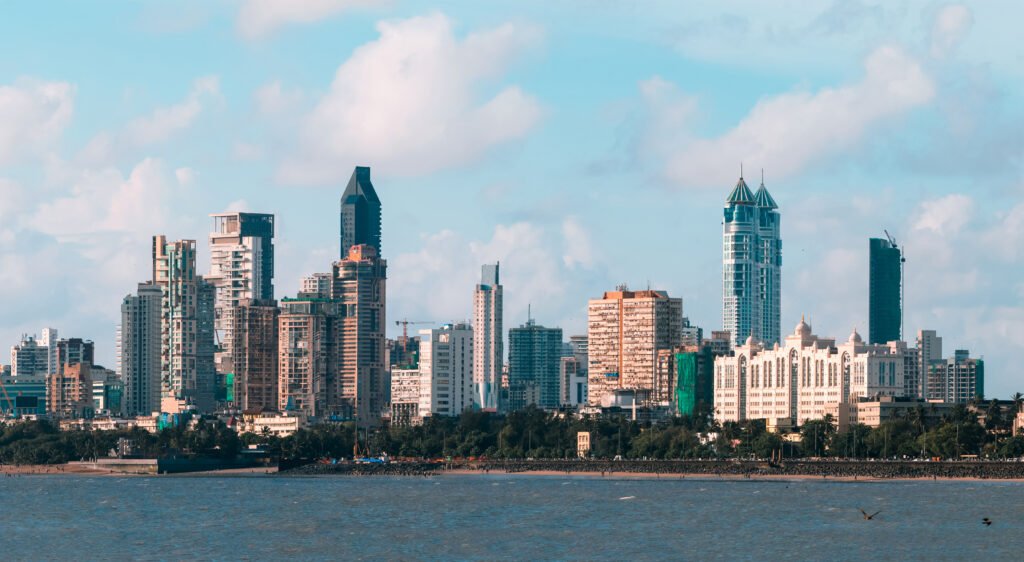Mumbai’s proposed “iconic buildings” policy, designed to promote architectural excellence through incentives like additional Floor Space Index (FSI), continues to stir controversy among urban planners, architects, and heritage advocates. With the deadline for public feedback approaching on July 24, 2025, the Brihanmumbai Municipal Corporation (BMC) faces mounting pressure to address concerns about heritage preservation, governance transparency, and environmental impact. The policy, first reported by Hindustan Times on October 1, 2022, is set to be implemented under Regulation 33(27) of the Development Control and Promotion Regulations (DCPR) 2034, allowing up to five “iconic” buildings annually, each required to dedicate at least 40% of their space to public use, either free or for a fee, and excluding purely residential structures.

The policy, initiated following a state government directive in March 2025, aims to enhance Mumbai’s global image by encouraging structures with unique architectural features, such as distinctive shapes, themes, or urban integration. However, the ambiguous definition of “iconic” and the governance framework have drawn sharp criticism. Shireen Gandhy, director of Chemould gallery, has called for a skyline review process similar to New York’s, which evaluates how new structures impact sightlines, scale, and heritage precincts. Her change.org petition, which gained over 1,000 signatures in a day, warns that without such oversight, the policy could lead to “vertical excess” in sensitive areas like Marine Drive and Fort, threatening Mumbai’s visual harmony.
Heritage architect Vikas Dilawari emphasized the need for contextual design, noting that iconic structures like Chhatrapati Shivaji Maharaj Terminus (CSMT) and Rajabai Tower harmonize with their surroundings. “If the policy disregards context, it risks creating a Disneyland-like chaos,” he said, advocating for the policy to prioritize public buildings that benefit from innovative design. Conservation architect Abha Narain Lambah echoed this, urging caution in historic precincts like Khotachiwadi, Banganga, and Gamdevi, which derive their value from their cultural and historical footprint.
The policy’s governance has also been criticized for its lack of transparency. A six-member committee, led by the BMC commissioner and including experts from architecture, visual arts, business, and town planning, will determine “iconic” status, with the option to appoint two additional experts. Critics, including Gandhy, argue that this Scrutiny Committee lacks defined membership criteria, public accountability, or an appeals mechanism, unlike Mumbai’s Heritage Committee, which includes civil society experts. An anonymous citizens’ group, ‘Save Mumbai’s Iconic Buildings,’ has further alleged that the policy promotes an “aesthetic of spectacle” and centralized control, sidelining local wards and community input.
Additional concerns focus on the policy’s FSI incentives—up to 50% extra FSI for a premium and unlimited FSI for “uninhabitable” spaces—which some fear could favor developers over public interest. Activist Pimenta has claimed the policy may be tailored to benefit select developers, noting the absence of a cap on FSI grants by the state government. Architect Shirish Sukhatme has argued that iconic status cannot be engineered, stating, “Iconic buildings become so over decades, not by policy. This risks commercial exploitation.”
Public sentiment, as reflected on platforms like X, highlights fears that the policy could erase Mumbai’s true icons—its lived-in Art Deco homes, heritage precincts, and neighborhood cafes—in favor of commercialized skyscrapers. The policy also faces scrutiny for its environmental implications, with critics calling for stricter compliance with environmental clearances and heritage conservation regulations.
Mumbaikars have until July 24, 2025, to submit feedback to the BMC’s Development Plan department at che.dp@mcgm.gov.in. As the deadline looms, experts and citizens alike urge the BMC to refine the policy to balance architectural ambition with the preservation of Mumbai’s unique heritage, ensuring that new landmarks enhance rather than overshadow the city’s iconic identity.
Sources: Hindustan Times, June 20, 2025, October 1, 2022; Free Press Journal, July 19, 2025; The Indian Express, June 25, 2025; The Week, June 25, 2025; mid-day, June 24, 2025
